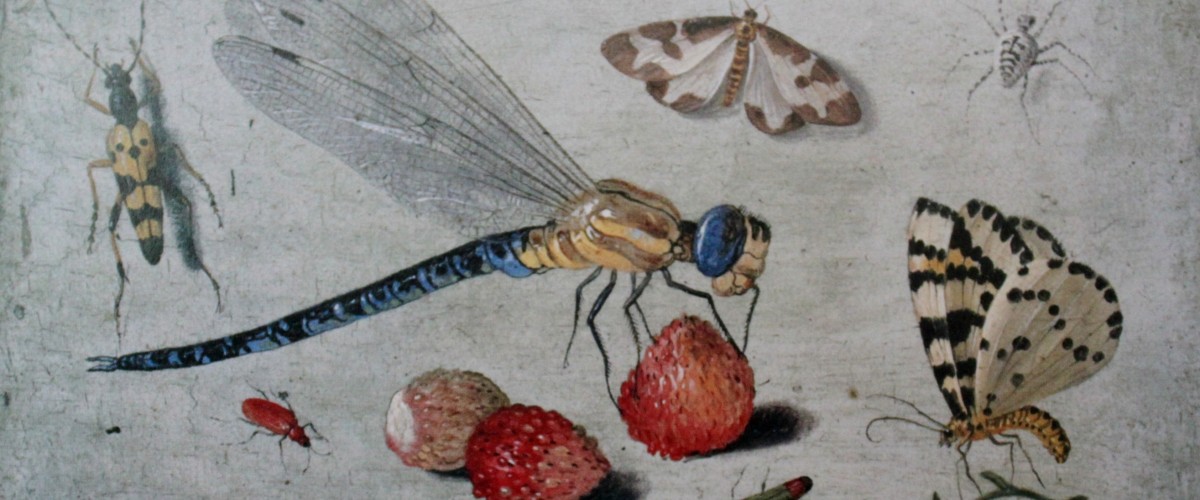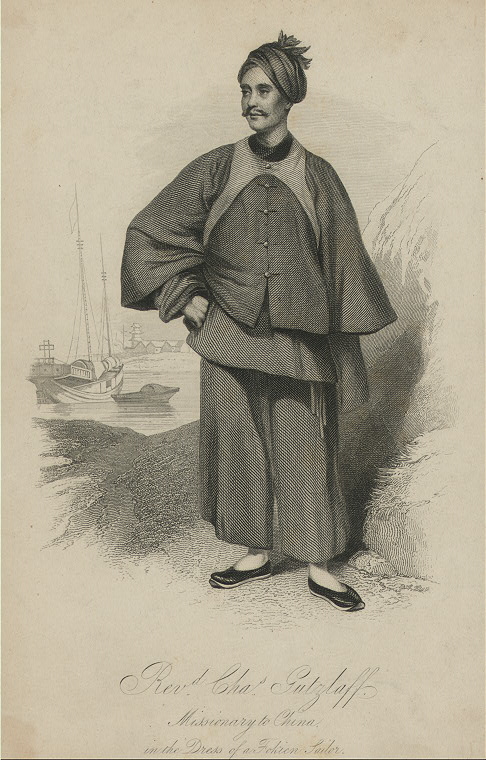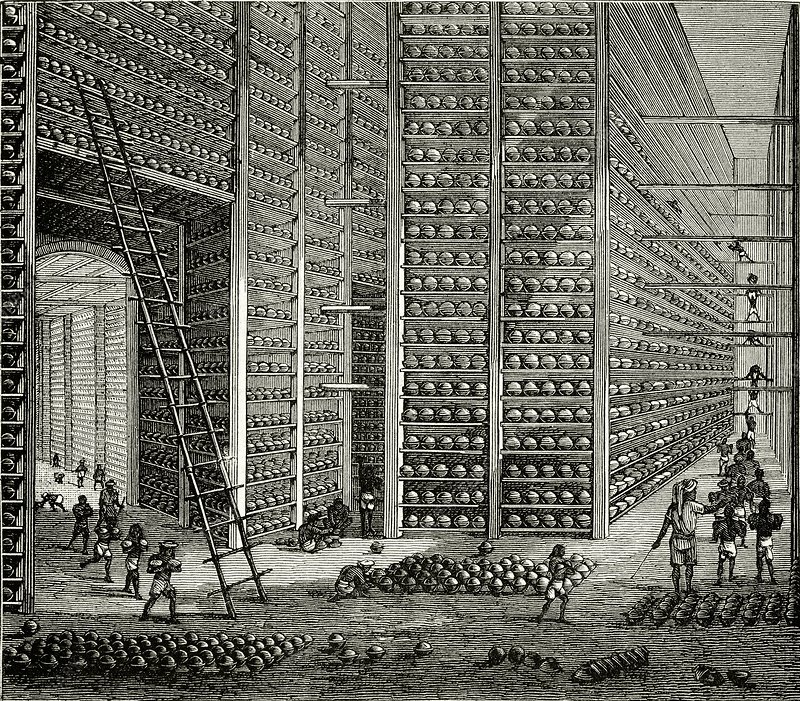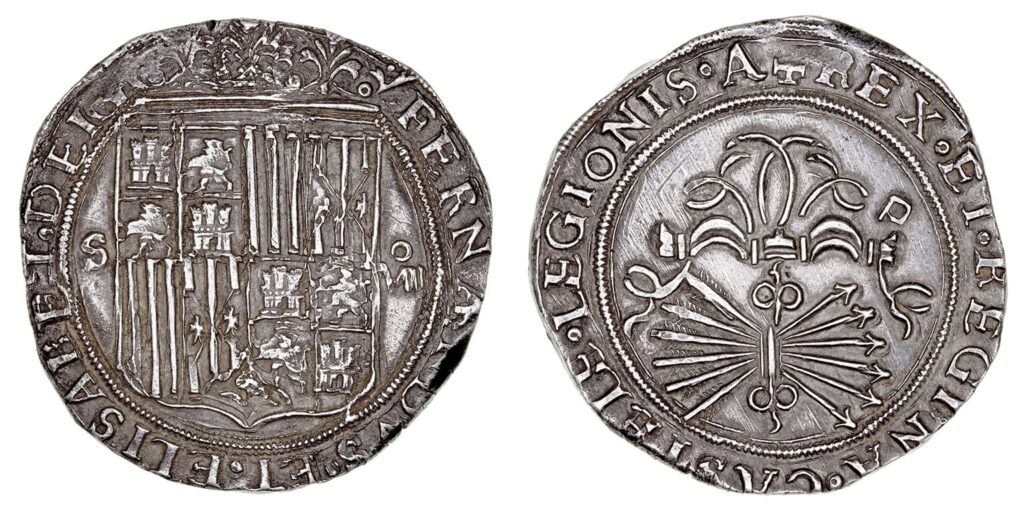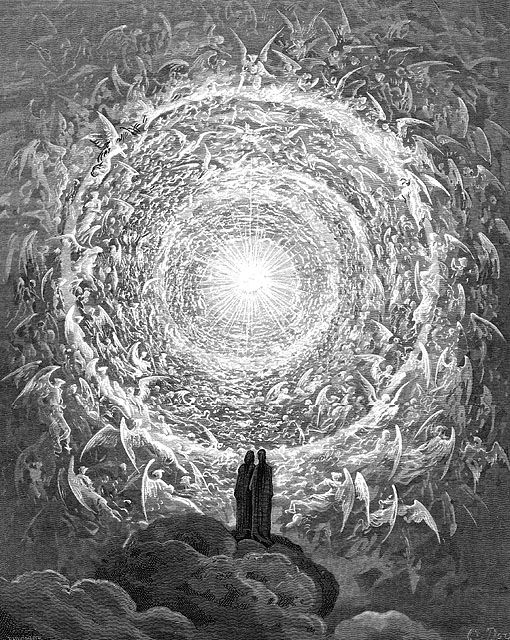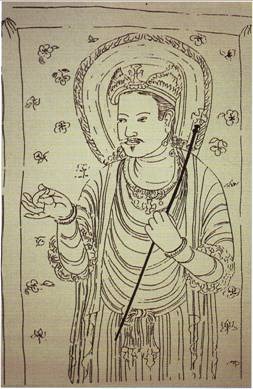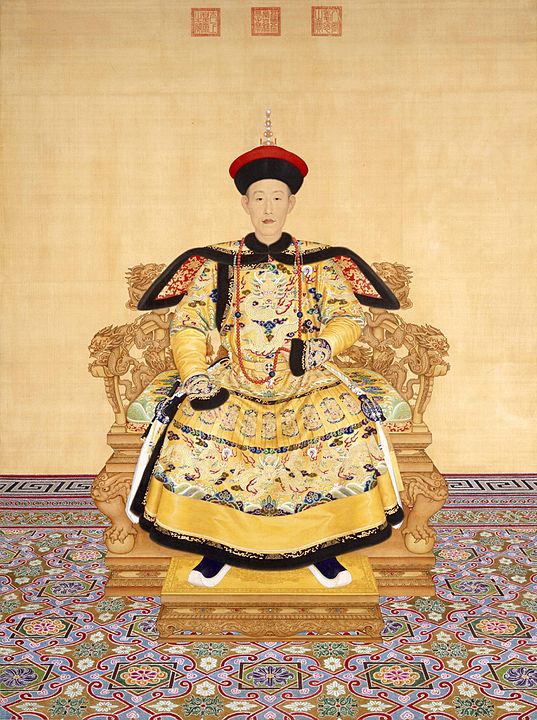Episode 1.11 – Food Poisoning
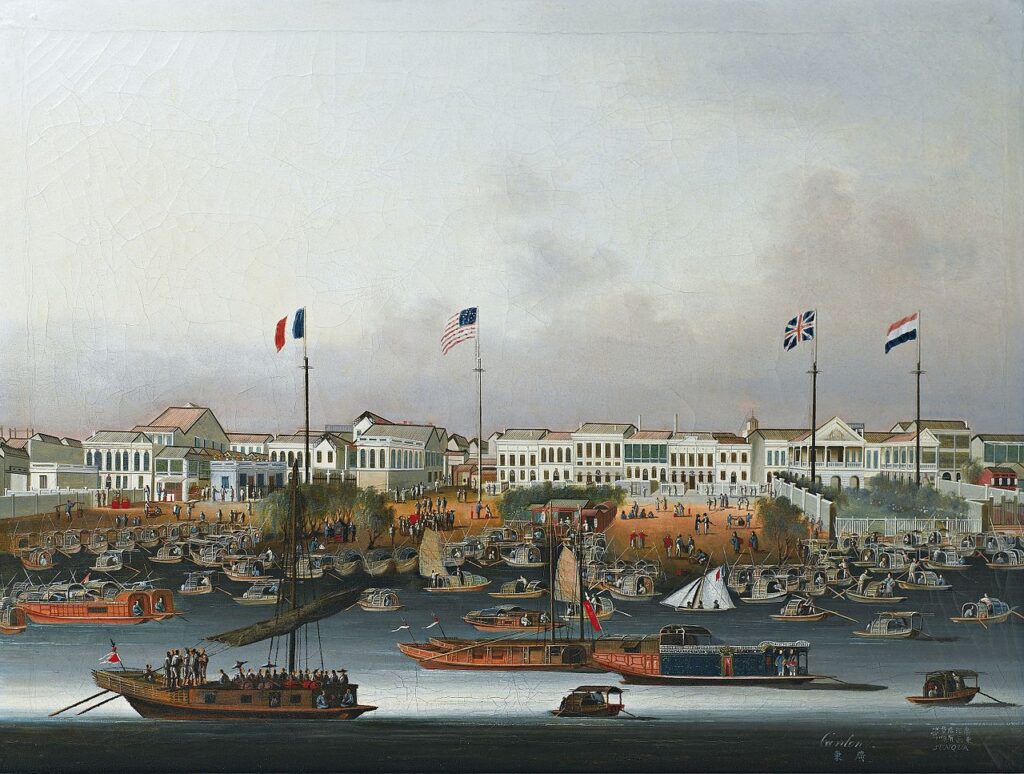
Qing dynasty “foreign policy” operated quite differently than it is commonly understood today, or as it was understood by contemporary states in Europe and West Asia. Going all the way back to the Han, Chinese dynasties tried to fit what we think of as foreign policy into the principles of Confucian hierarchy and submission. When British traders began arriving in large numbers in 18th century, the Qing tried to accommodate them in a way the British would tolerate as a price of doing business. In the wake of Napoleon’s defeat and a rising “free trade” ideology in the 1830’s, the balance of power and mutual toleration started to shift decisively.
Podcast: Play in new window | Download
Subscribe: RSS

